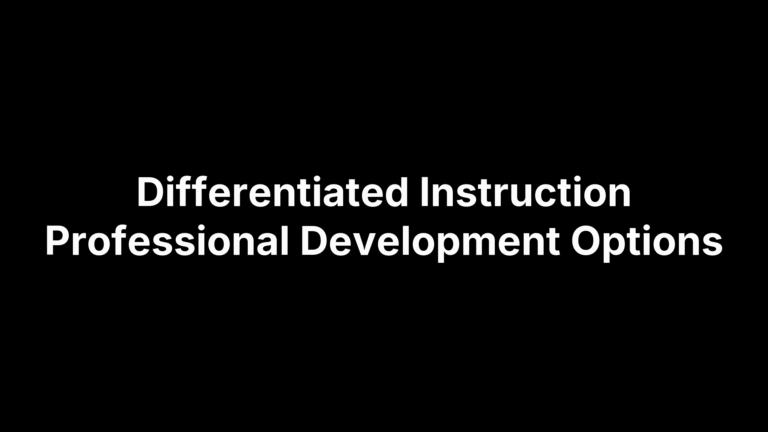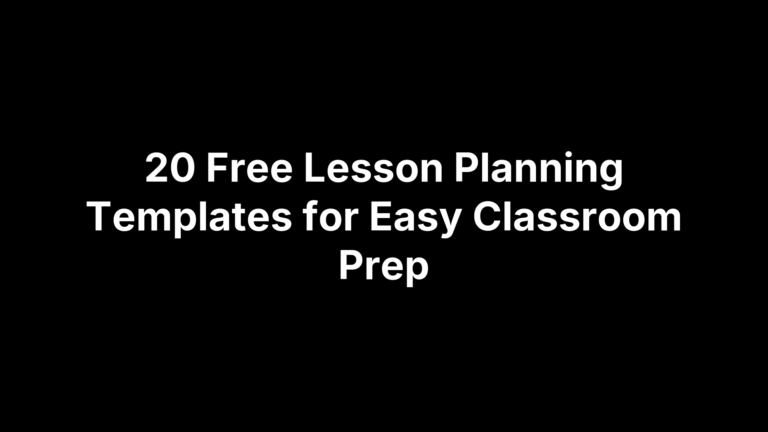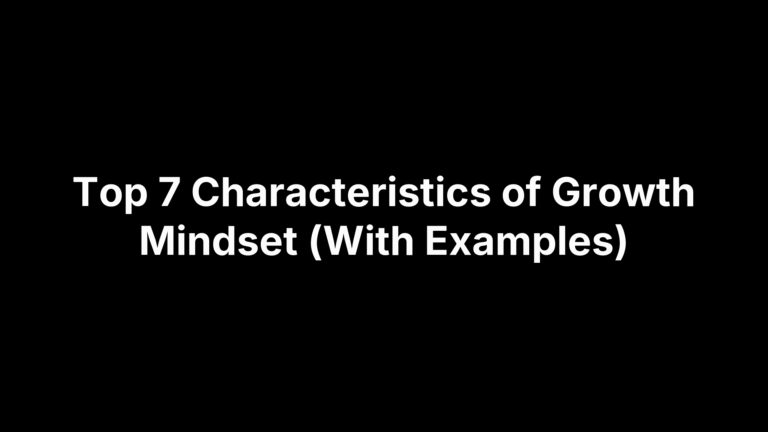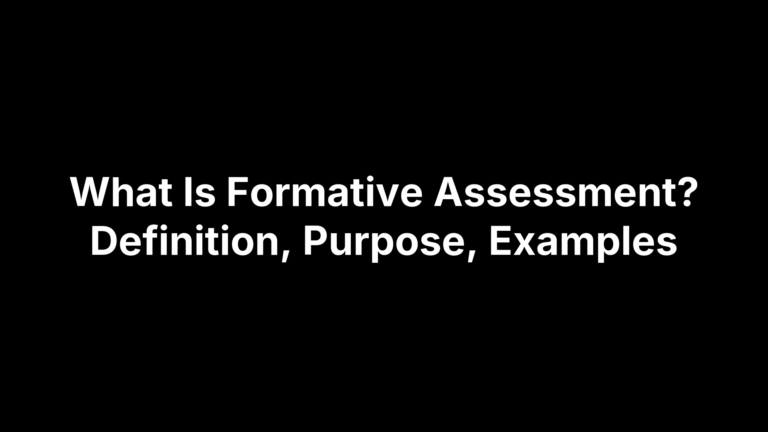Best 25 Brain-Based Learning Strategies for the Classroom
In the ever-evolving landscape of education, understanding and leveraging the intricacies of the human brain has become a cornerstone for effective teaching. Brain-based learning, a revolutionary approach rooted in neuroscience, seeks to align educational practices with cognitive functioning, offering a transformative perspective on how students learn and educators teach.
Definition of Brain-Based Learning
Brain-based learning refers to teaching methods, lesson designs, and school programs that are grounded in the latest scientific research about how the brain learns. Unlike traditional education methods that focus on rote memorization and standardized testing, brain-based learning emphasizes understanding the natural learning processes of the human brain. This approach considers factors such as emotional and social development, cognitive skills, and the physical environment, all of which play crucial roles in how effectively a student learns.
Importance in Contemporary Education
In contemporary education, brain-based learning holds significant importance due to its potential to tailor learning experiences to individual student needs, thereby enhancing engagement and achievement. This methodology acknowledges that each student’s brain is uniquely wired and that learning experiences should be diverse and dynamic to accommodate these differences. By embracing brain-based learning strategies, educators can create more inclusive, responsive, and stimulating learning environments that cater to a diverse student population, preparing them not only for academic success but also for real-world challenges.
Understanding Brain-Based Learning
At the heart of brain-based learning is a rich understanding of neuroscience and psychology. This approach is informed by research on how the brain processes, stores, and retrieves information. Neuroscientists have discovered that learning alters the brain’s physical structure, leading to the creation of new neural pathways. Factors such as stress, nutrition, and emotion significantly impact these neural pathways and, consequently, learning. Brain-based learning strategies are designed to optimize these pathways, facilitating a more effective and natural learning process.
Key Principles of Brain-Based Education
Brain-based education operates on several key principles that reflect our understanding of the human brain’s learning processes. These include:
Neuroplasticity: This principle acknowledges that the brain is not static but is constantly changing and adapting in response to new experiences, demonstrating the importance of a stimulating and challenging learning environment.
Emotional and Social Learning: The brain is highly responsive to emotional states and social interaction. Learning environments that foster positive relationships and emotional well-being are more conducive to effective learning.
Sensory Integration: The brain learns best when multiple senses are engaged. Incorporating visual, auditory, and kinesthetic elements into teaching can enhance memory and understanding.
Active Learning: The brain is an active learning organ, requiring stimulation and engagement. Active learning strategies, such as problem-solving and hands-on activities, are more effective than passive learning.
Stress Management: High levels of stress can impair brain function, particularly in areas related to memory and learning. Creating a safe, supportive, and calm learning environment is crucial for effective brain function.
By incorporating these principles into educational practices, teachers can create a learning environment that not only respects but also capitalizes on the natural learning mechanisms of the brain, leading to a more effective and enriching educational experience for students.
Top 25 Brain-Based Learning Strategies
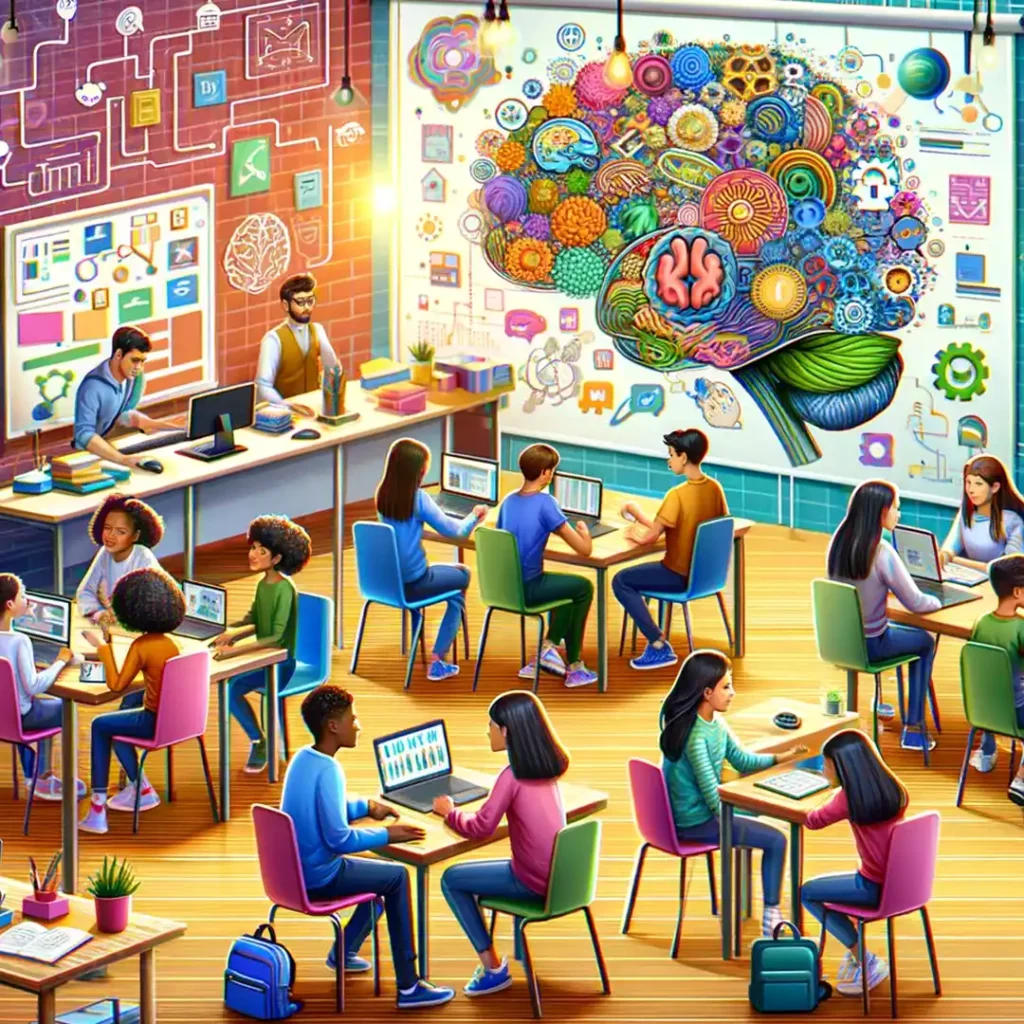
1. Storytelling and Narrative Techniques: Utilizing stories to present information in a more engaging and memorable way.
Implementation: Teachers can weave curricular content into stories or ask students to create their own narratives based on the lesson, making abstract or complex concepts easier to understand and remember.
2. Mind Mapping: A tool for visually organizing information, helping in the understanding and memory process.
Implementation: In the classroom, students can create mind maps to summarize a lesson, organize thoughts for a writing assignment, or visually connect ideas from different lessons, enhancing comprehension and retention.
3. Collaborative Learning: Learning that occurs through social interaction and group activities.
Implementation: Implement group projects or discussion sessions where students work together to solve problems, conduct experiments, or create presentations, fostering a deeper understanding through shared perspectives.
4. Metacognitive Strategies: Techniques that help students become aware of their own thought processes.
Implementation: Teachers can encourage students to reflect on their learning process, discuss strategies for understanding and solving problems, and think about how they learn best, enhancing self-awareness and learning efficiency.
5. Problem-Based Learning: A student-centered approach focusing on solving real-world problems to develop critical thinking skills.
Implementation: Pose real-life challenges or complex scenarios related to the curriculum and have students work through the problem-solving process, thereby developing critical thinking and application skills.
6. Sensory Integration: Using sensory stimuli to enhance the learning experience.
Implementation: Incorporate activities that engage different senses, like using visual aids, auditory materials, hands-on experiments, and tactile experiences to enrich the learning process.
7. Mnemonic Devices: Memory techniques like acronyms, rhymes, or visual images to aid in recalling information.
Implementation: Teach students to create their own mnemonics for remembering complex information, such as the order of operations in math or the elements of the periodic table.
8. Movement and Physical Activity: Integrating physical movement into learning activities to enhance cognitive function.
Implementation: Include short physical activities or brain breaks between lessons, use movement-based games to review content, or incorporate kinesthetic learning methods where students physically act out concepts.
9. Music and Rhythmic Activities: Using music and rhythm as tools to enhance learning, memory, and mood.
Implementation: Incorporate music into lessons where appropriate, such as using songs to memorize facts, setting rhythm to poetry, or using background music to create a conducive learning environment. Rhythmic activities can also be used for teaching patterns in math or language.
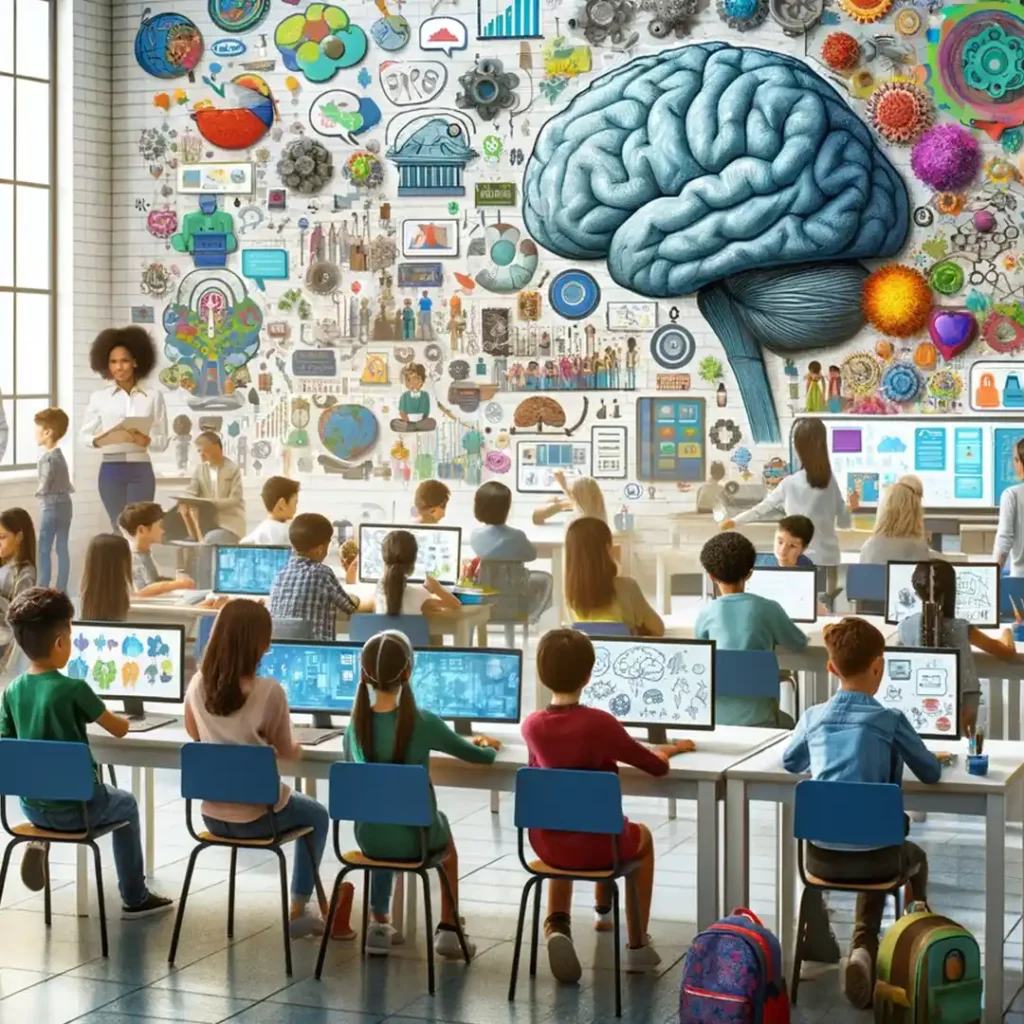
10. Mindfulness and Relaxation Techniques: Techniques that help reduce stress and improve concentration and mental clarity.
Implementation: Start classes with short mindfulness exercises, such as deep breathing or guided imagery, to help students focus and reduce anxiety. Integrate relaxation techniques during or after high-stress activities like tests.
11. Emotional Connection: Making learning relevant by connecting the content to the students’ personal lives, experiences, and interests.
Implementation: Design lessons that relate to students’ interests or current events, ask students to reflect on personal experiences related to the topic, or create projects that allow them to explore the subject in a context meaningful to them.
12. Feedback and Reflection: Using self-assessment and constructive feedback to promote student growth and learning.
Implementation: Encourage students to self-reflect on their learning process and outcomes. Provide regular, specific, and constructive feedback. Implement peer review sessions where students can give and receive feedback from classmates.
13. Chunking Information: Breaking down complex information into smaller, more digestible segments.
Implementation: Organize lessons into sections or steps, present new information in stages, and use summaries or reviews at the end of each segment. This approach is especially helpful in subjects with complex material or heavy content.
14. Conceptual Understanding: Emphasizing the comprehension of underlying concepts instead of mere memorization.
Implementation: Focus on teaching the ‘why’ behind facts and processes. Use examples and analogies to explain concepts, and encourage students to ask questions and explore concepts in depth.
15. Role-Playing and Simulations: Using role-play and simulation exercises to provide experiential learning opportunities.
Implementation: Create scenarios where students can act out historical events, scientific processes, or literary plots. Use simulations to model real-world processes or situations, allowing students to ‘experience’ and learn from them.
16. Gamification: Applying elements of game playing (such as scoring, competition, and rules of play) to educational activities to make them more engaging.
Implementation: Introduce game-like elements in lessons, such as earning points for tasks, leveling up with challenges, or incorporating educational games and puzzles. This approach can be particularly effective in motivating and engaging students.
17. Interdisciplinary Learning: Combining multiple academic disciplines to provide a more comprehensive understanding.
Implementation: Develop projects or lessons that require knowledge from various subjects, like combining history and literature or science and math. This approach helps students see the interconnectedness of different fields and apply knowledge in a broader context.
18. Use of Visual Aids: Enhancing learning and comprehension through visual elements like graphs, charts, and images.
Implementation: Use visual aids to illustrate complex ideas, show relationships between concepts, or provide an overview of a topic. This can be especially effective for visual learners and in subjects where visual representation of information is key.
19. Inquiry-Based Learning: Fostering a learning environment where students are encouraged to explore, ask questions, and conduct investigations.
Implementation: Allow students to lead their learning through research projects, experiments, or exploration activities. Encourage questioning and guide them to find answers through investigation, promoting critical thinking and curiosity.
20. Adaptive Learning Technology: Utilizing AI and technology to customize educational experiences to individual student needs.
Implementation: Implement adaptive learning software that adjusts the difficulty of tasks based on individual student performance, ensuring each student is challenged appropriately and receives tailored support.
21. Peer Teaching: Students learning from and teaching each other, enhancing understanding for both the tutor and the learner.
Implementation: Organize peer teaching sessions where students explain concepts to each other. This can be formal, such as a peer tutoring program, or informal, like group study sessions.
22. Brain Breaks: Short, structured breaks designed to help students relax and refocus during learning activities.
Implementation: Incorporate short breaks during long periods of instruction. These can be simple activities like stretching, breathing exercises, or a quick game to help students reset and refocus.
23. Use of Humor: Incorporating humor into the learning process to create a more engaging and enjoyable environment.
Implementation: Use relevant jokes, funny anecdotes, or humorous examples in lessons. Humor can reduce anxiety, build rapport, and make the learning experience more memorable.
24. Goal Setting and Self-Monitoring: Encouraging students to set their own learning goals and monitor their progress.
Implementation: Teach students to set SMART (Specific, Measurable, Achievable, Relevant, Time-bound) goals. Provide tools and strategies for them to track their progress and reflect on their learning journey.
25. Cultural Relevance: Ensuring that learning materials and teaching methods are relevant and respectful to diverse cultural backgrounds.
Implementation: Incorporate diverse perspectives and materials into the curriculum. Create assignments that allow students to explore and share their own cultural backgrounds, fostering an inclusive and respectful learning environment.
Implementing Brain-Based Strategies in the Classroom

Implementing brain-based learning strategies in the classroom can be a transformative move, but it requires thoughtful planning and adaptation. Here are some practical tips for teachers:
Start Small: Begin by integrating one or two brain-based strategies into your teaching. This could be as simple as incorporating brain breaks or using storytelling techniques.
Observe and Reflect: Pay attention to how your students respond to these strategies. Reflect on what works and what needs tweaking.
Continuous Learning: Stay informed about the latest research in neuroscience and education. Attend workshops, webinars, or professional development courses.
Collaboration: Work with colleagues to share ideas, strategies, and experiences. Collaborative planning can lead to more creative and effective implementation.
Student Feedback: Regularly seek feedback from your students. Their insights can guide you in refining and enhancing your teaching methods.
Adapting Strategies to Different Age Groups
Brain-based strategies should be tailored to suit different developmental stages:
Younger Children (Elementary School): Focus on sensory and movement-based activities. Storytelling, songs, and games are effective in keeping younger students engaged and making learning enjoyable.
Middle Schoolers: Implement collaborative learning and inquiry-based projects. Middle school students are developing critical thinking skills and benefit from opportunities to explore and question.
High School Students: Utilize metacognitive strategies and problem-based learning. Encourage self-reflection and independence in learning, preparing them for post-secondary education and careers.
Measuring the Impact of Brain-Based Learning
Tools and Methods for Assessment
To measure the effectiveness of brain-based learning strategies, educators can use a variety of assessment tools and methods:
Formative Assessments: Regular, informal assessments like quizzes, class discussions, and observations can provide immediate feedback on student understanding and the effectiveness of teaching strategies.
Student Reflections: Encourage students to reflect on their learning experiences. Journals, portfolios, or self-assessment checklists can provide insights into how students perceive their learning and progress.
Standardized Test Scores: While not the sole indicator of success, improvements in standardized test scores can signal the effectiveness of new teaching strategies.
Qualitative Feedback: Collect feedback from students, parents, and fellow educators about the learning environment and student engagement.
Longitudinal Studies: Tracking the same set of students over an extended period can provide valuable data on the long-term impact of brain-based learning strategies.
Through careful implementation and assessment, educators can not only enhance the learning experience for their students but also contribute to the evolving field of brain-based education, ensuring that teaching methods continue to align with scientific understanding and student needs.
Future of Brain-Based Learning in Education
Emerging Trends and Research
The future of brain-based learning in education is vibrant and promising, with ongoing research continually shedding light on how we can better align teaching with the brain’s natural learning processes. Key emerging trends include:
Advancements in Neuroscience: As our understanding of the brain deepens, educators can expect more nuanced and effective strategies to emerge, particularly in areas like emotional intelligence and neurodiversity.
Technology Integration: The use of AI and adaptive learning technologies is on the rise, offering personalized learning experiences that cater to individual student needs and learning styles.
Holistic Education Models: There is a growing emphasis on the importance of social-emotional learning, mindfulness, and well-being alongside academic achievement.
Global and Cultural Perspectives: Incorporating diverse cultural and global contexts into brain-based learning, recognizing the diverse needs and backgrounds of students worldwide.
The Role of Continuous Professional Development
For educators, continuous professional development (CPD) is essential in staying current with these trends. CPD opportunities such as workshops, conferences, and online courses enable educators to:
- Keep abreast of the latest research and techniques in brain-based learning.
- Share experiences and strategies with peers, fostering a community of practice.
- Reflect on and refine their teaching methods in line with current best practices.
Explore the impact of brain-based learning in differentiated teaching.
Conclusion
Brain-based learning represents a significant shift from traditional educational methods, focusing on aligning teaching with how the brain naturally learns. This approach emphasizes understanding, engagement, and adaptability, catering to the diverse needs of learners. Key strategies include storytelling, collaborative learning, sensory integration, and the use of technology, among others.
As educators, embracing brain-based learning not only enhances the educational experience for students but also enriches our own teaching practice. It calls for a commitment to continuous learning, experimentation, and adaptation. By doing so, educators can create more effective, inclusive, and stimulating learning environments. The journey towards fully integrating brain-based learning into the classroom may be ongoing, but it is undeniably a step towards a more enlightened, effective, and humane approach to education.
To learn more, read: “Brain Matters: Translating Research into Classroom Practice” by Patricia Wolfe – An exploration of how teachers can transform their classrooms by applying brain research.

